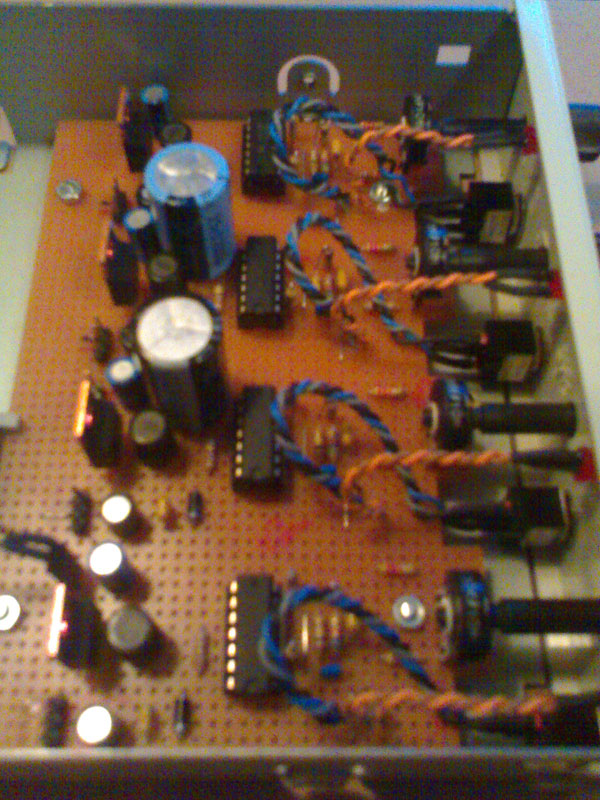
If you don't know how PWM (Pulse Width Modulation) works, and you'd like to learn a little more before proceeding, there's a quick tutorial on. I connected the fan to one of the Arduino's PWM outputs, and then just added an offset to the PWM input to make the fan run fast enough to make the motherboard happy. I then had the Arduino board time the rising and falling edges of the PWM input to measure what the PWM duty cycle was. I cut the PWM wire on the fan and fed that to an input on the Arduino. I took an Arduino board I had lying around (I used an old BareBonesBoard from ModernDevices, but you can use an Uno with no changes, and you should be able to use any other Arduino with very minimal changes). Unfortunately, that didn't prove as straightforward as it sounds, and so after 15 minutes of googling how to configure IPMI, I gave up and decided there had to be a hardware solution, and it turned out to be pretty straightforward. You can fix this is software, setting up IPMI and modifying the thresholds. Google "Supermicro fan cycling" and you'll see a ton of people complaining about this. Then it will see that the fan is now spinning fast enough (since it's now going full speed) and exit the failsafe mode, putting the fan back to the original speed (which the motherboard still won't like), resulting in your fan speeding up and slowing down even 10-15 seconds. If the fan spins slower than the preset limit, the motherboard thinks there's a problem and go into a failsafe mode, running the fan at full speed. It turns out that my motherboard didn't like the fan.



I had the perfect sized fan, so I mounted in the case, connected it to the fan header, and thought I was all set, until my fan started cycling up and down making way more noise than needed. I discovered that my hard drives were running hot, so I wanted to add an additional fan to my PC.


 0 kommentar(er)
0 kommentar(er)
